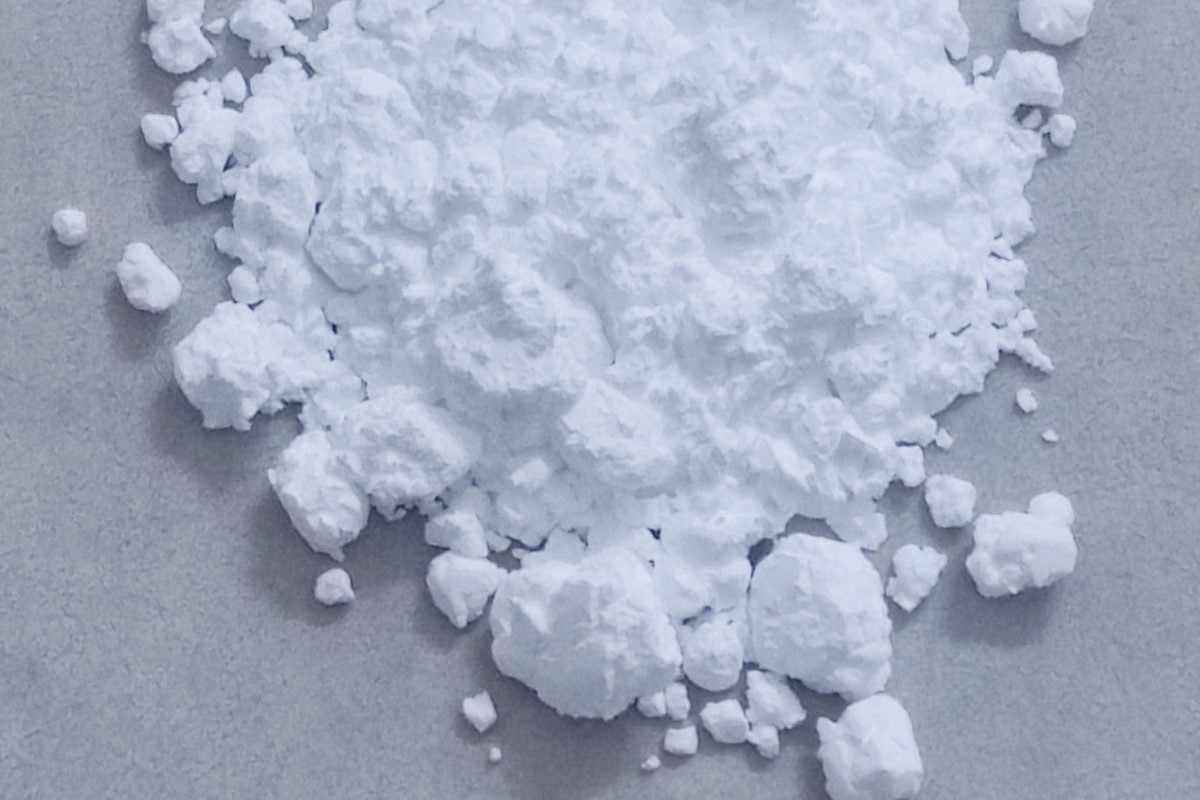
Lutetium Chloride might not be a household name, but this chemical compound has some pretty cool facts worth knowing. Did you know that Lutetium, the element in Lutetium Chloride, is the last and heaviest of the rare earth elements? It's used in various high-tech applications, from cancer treatment to petroleum refining. Lutetium Chloride itself is a white, crystalline powder that dissolves in water, making it useful in different chemical reactions. Ever wondered how it’s made? It involves a complex process of extracting Lutetium from minerals like monazite and xenotime. Intrigued yet? Keep reading to uncover 30 fascinating facts about this unique compound!
Key Takeaways:
- Lutetium chloride is a versatile compound used in nuclear medicine, industrial applications, and scientific research. Its unique properties make it valuable in cancer treatment, electronics, and environmental considerations.
- Lutetium chloride, while not highly toxic to the environment, requires careful handling and disposal. Ongoing research explores its potential in advanced materials, renewable energy, and cancer treatments, highlighting its significance in various fields.
What is Lutetium Chloride?
Lutetium chloride is a chemical compound with the formula LuCl₃. It is a white, crystalline solid that is highly soluble in water. This compound is used in various scientific and industrial applications due to its unique properties.
- Lutetium chloride is composed of lutetium and chlorine atoms.
- It is often used in the field of nuclear medicine.
- The compound is highly soluble in water, making it easy to work with in aqueous solutions.
Chemical Properties of Lutetium Chloride
Understanding the chemical properties of lutetium chloride helps in its application across different fields. Here are some key chemical properties.
- Lutetium chloride has a molar mass of 303.33 g/mol.
- It forms a hexahydrate, LuCl₃·6H₂O, when combined with water.
- The compound is hygroscopic, meaning it readily absorbs moisture from the air.
- It has a melting point of 925°C (1697°F).
Uses in Nuclear Medicine
Lutetium chloride plays a significant role in nuclear medicine, particularly in cancer treatment and diagnostics.
- It is used to produce lutetium-177, a radioisotope used in targeted cancer therapies.
- Lutetium-177 can deliver radiation directly to cancer cells, minimizing damage to surrounding healthy tissue.
- The compound is also used in the production of radiopharmaceuticals for imaging and treatment.
Industrial Applications
Beyond medicine, lutetium chloride has several industrial applications due to its unique properties.
- It is used as a catalyst in various chemical reactions.
- The compound is employed in the production of specialty glasses and ceramics.
- It is used in the manufacturing of phosphors for LED lights and displays.
- Lutetium chloride is also utilized in the field of electronics, particularly in the production of semiconductors.
Safety and Handling
Handling lutetium chloride requires caution due to its chemical properties and potential health effects.
- It should be stored in a cool, dry place to prevent moisture absorption.
- Protective gear, such as gloves and goggles, should be worn when handling the compound.
- Inhalation or ingestion of lutetium chloride can be harmful, so proper ventilation and safety protocols are essential.
- The compound should be disposed of according to local environmental regulations.
Interesting Facts
Lutetium chloride has some fascinating aspects that make it a subject of interest in scientific research.
- Lutetium is the last element in the lanthanide series.
- It was discovered independently by three scientists in the early 20th century.
- The name "lutetium" comes from "Lutetia," the ancient name for Paris.
- Lutetium chloride is used in the study of high-temperature superconductors.
- The compound has been investigated for its potential use in quantum computing.
Environmental Impact
The environmental impact of lutetium chloride is an important consideration, especially given its industrial and medical uses.
- Lutetium chloride is not considered highly toxic to the environment.
- However, improper disposal can lead to contamination of water sources.
- Recycling and proper waste management practices are encouraged to minimize environmental impact.
Research and Development
Ongoing research continues to uncover new applications and properties of lutetium chloride.
- Scientists are exploring its use in advanced materials and nanotechnology.
- Research is being conducted on its potential role in renewable energy technologies.
- The compound is being studied for its effectiveness in new cancer treatments.
- Lutetium chloride is also being investigated for its use in advanced imaging techniques.
Lutetium Chloride: A Hidden Gem
Lutetium chloride, though not a household name, holds significant importance in various fields. From its role in catalysis to its applications in medical imaging, this compound proves its worth. Its unique properties make it a valuable asset in scientific research and industrial processes. Understanding these facts about lutetium chloride can broaden your knowledge of rare earth elements and their impact on modern technology. Whether you're a science enthusiast or just curious, knowing about lutetium chloride adds a fascinating layer to your understanding of the chemical world. So next time you hear about rare earth elements, remember the hidden gem that is lutetium chloride.
Frequently Asked Questions
Was this page helpful?
Our commitment to delivering trustworthy and engaging content is at the heart of what we do. Each fact on our site is contributed by real users like you, bringing a wealth of diverse insights and information. To ensure the highest standards of accuracy and reliability, our dedicated editors meticulously review each submission. This process guarantees that the facts we share are not only fascinating but also credible. Trust in our commitment to quality and authenticity as you explore and learn with us.
